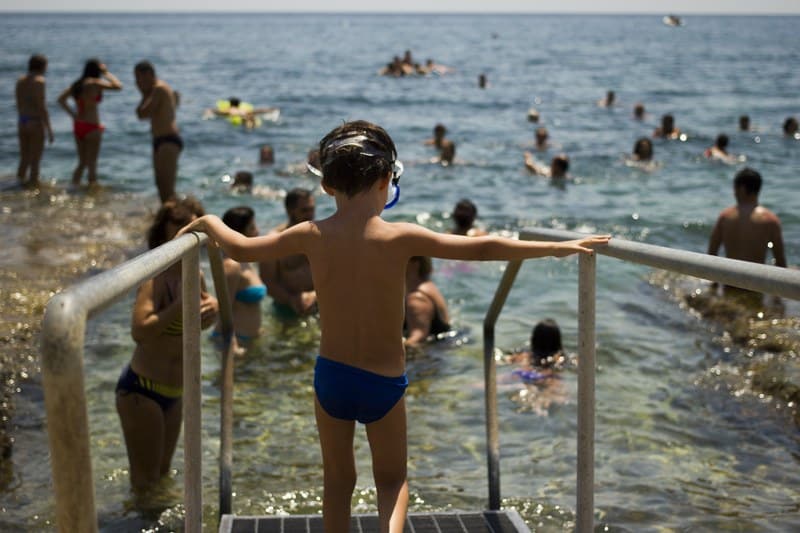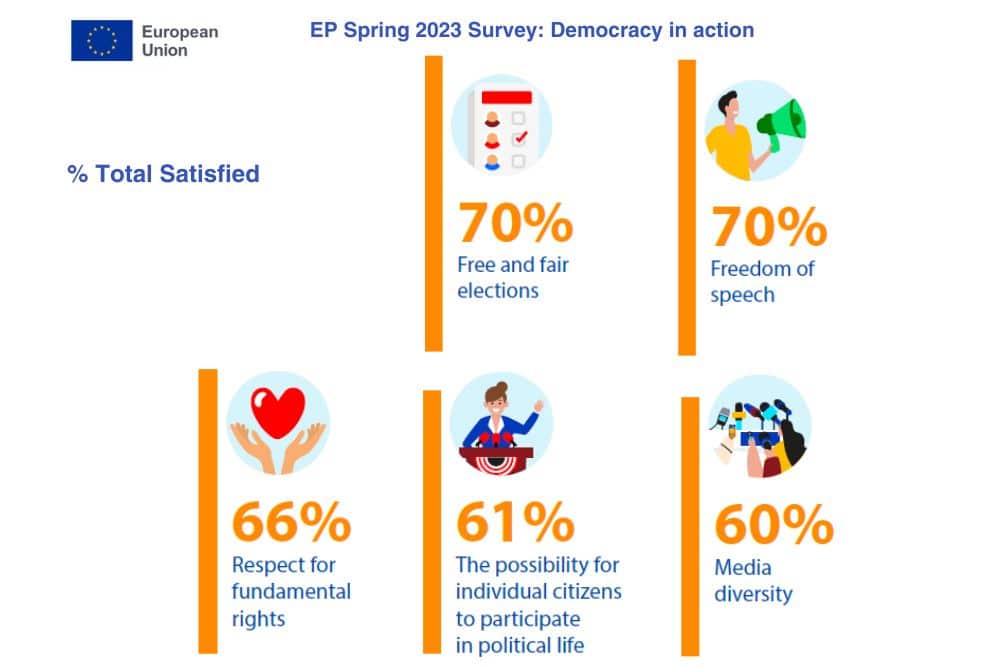The majority of bathing water sites in Europe met the European Union’s most stringent ‘excellent’ water quality standards in 2022, according to the latest annual Bathing Water report published today. The assessment, put together by the European Environment Agency (EEA) in cooperation with the European Commission, highlights where swimmers can find the cleanest bathing sites in Europe this summer.
The quality of water at coastal sites, which makes up two-thirds of total bathing spots, is generally better than that of inland river and lake sites. In 2022, 88.9% of the EU’s coastal bathing sites were classified as being of excellent quality as compared to 79.3% of inland sites.
In 2022, 95% of bathing waters in Cyprus, Austria, Greece, and Croatia met the ‘excellent’ quality standard. Moreover, in Malta, Bulgaria, Romania, Slovenia, and Luxembourg, all assessed bathing water waters met at least the minimum standard of sufficient quality in 2022.
Since the adoption of the Bathing Water Directive in 2006, the share of ‘excellent’ sites has grown, and has stabilised in recent years, between 85–89% for coastal and 77–81% for inland bathing waters. In 2022, it represented 85.7% of all bathing waters in the EU. The minimum water quality standards were met at 95.9% of all bathing waters in the EU.
Virginijus Sinkevičius, Commissioner for the Environment, Oceans and Fisheries said:
Swimmers heading for lakes, rivers and beaches to cool off this summer can be sure of the highest quality standards in bathing sites across Europe. Maintaining high standards for the quality of bathing water, including in urban areas, is beneficial for citizens’ health and well-being. We must continue to achieve these high standards with a comprehensive approach to preserving our most precious resource. The EU is championing the water solutions we need now and in the future, including water efficiency and reuse, integrated approach to the management of water resources across sectors, reducing by 50% pesticides, nutrients, antimicrobials and plastic litter in oceans and rivers and restoring our rivers.
Leena Ylä-Mononen, EEA Executive Director, said:
This is great news for all Europeans who demand that the environment we all share and enjoy, including our cherished bathing sites, are as clean as possible. This shows that over 40 years of hard work in monitoring and improving our coastal waters, rivers, lakes and ponds is paying off, but it also shows that regular monitoring is vital to positive progress.
The share of bathing waters with poor water quality has dropped in the past decade and has been stable since 2015. In 2022, bathing waters with poor water quality constituted 1.5% (315 sites) of all bathing waters in the EU. This shows that the health risk of swimming in bathing waters is slowly decreasing in Europe, although it still exists at a few hundred of bathing water sites. 45 bathing sites were still classified as poor after at least five consecutive years. Of these, nine managed to improve their quality to the sufficient level in 2022.
Bathing water quality at coastal waters is generally better compared to inland waters, due to the more frequent renewal and higher self-purification capacity of open coastal waters. Moreover, many inland bathing waters of central Europe are located at relatively small lakes and ponds, as well as at rivers with a low flow. Compared to coastal areas, these inland waters are more susceptible to short-term pollution caused by heavy summer rains or droughts, especially in the summer.
The growing importance of bathing water sites in cities
Around half of European citizens living in towns and cities have access to urban swimming sites and swimming in local rivers, canals or lakes is increasingly possible and popular. The waters are designated and monitored under the provisions of the EU’s Bathing Water Directive, which safeguards public health and protects the aquatic environment.
Of all European bathing waters, more than 1,800 (8%) are in almost 200 cities with more than 100,000 inhabitants and play an important part as urban public spaces. The main socio-economic and environmental benefits that stem from clean and safe urban bathing waters in Europe include better public health, increased ecosystem services, higher recreational value with overall improvement of public spa ce as well as quality of life.
The vast majority of European bathing waters are found in 47 Mediterranean cities across four countries: Greece (37 bathing waters in 7 cities), France (280 bathing waters in 9 cities), Italy (343 bathing waters in 13 cities), and Spain (192 bathing waters in 18 cities). Other bathing waters are distributed throughout 7 cities in Portugal, and 2 cities in Croatia, Denmark, and Albania.
Background
The assessment for today’s report is based on the monitoring of 21,973 bathing sites across Europe that were reported to the EEA for the 2022 season. This includes sites in all EU Member States, Albania and Switzerland. These have to be monitored for four consecutive bathing seasons before they can be considered as of either ‘excellent’, ‘good’, ‘sufficient’, or ‘poor’ quality.
Alongside this year’s Bathing Water Report, the EEA has also released an updated interactive map showing the performance of each bathing site. Updated country reports are also available, as well as more information on the implementation of the directive in countries.
In the context of the European Green Deal and the Zero Pollution Action Plan, the Commission is currently assessing whether the Bathing Water Directive is still fit for purpose in order to protect public health and improve water quality, or if there is a need to improve the existing rules and propose relevant updates, including new parameters.
The Bathing Water Directive is one of several pieces of EU law that protect water. It is complemented by the Water Framework Directive, the Environmental Quality Standards Directive, the Groundwater Directive, the Marine Strategy Framework Directive and the Urban Waste Water Treatment Directive.














